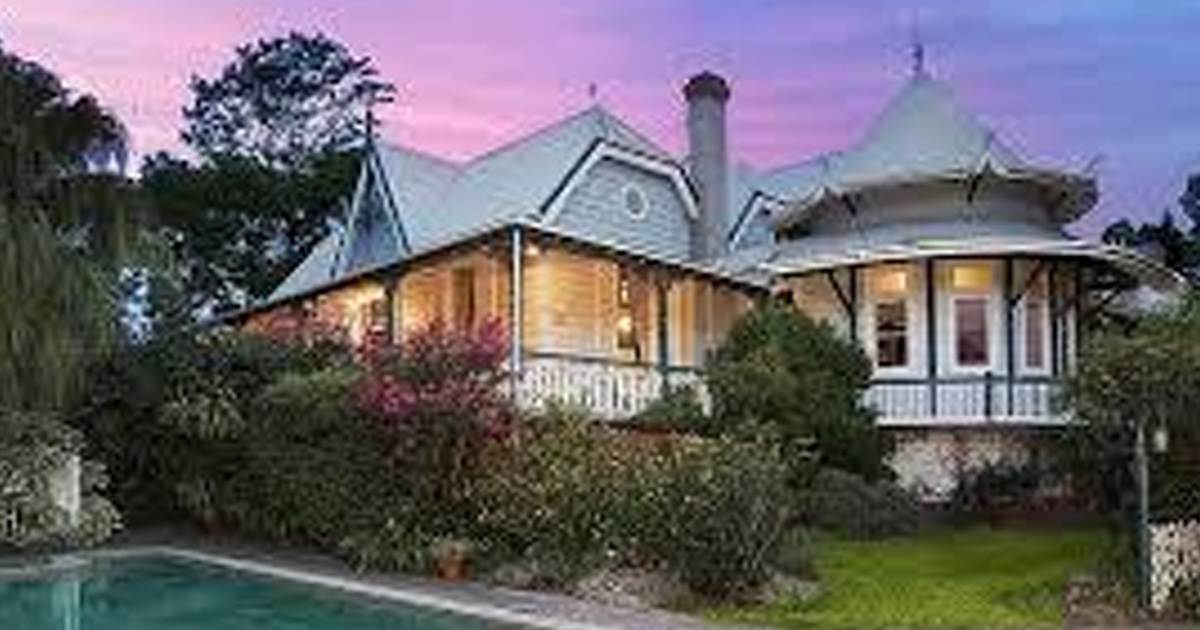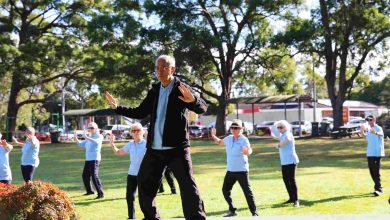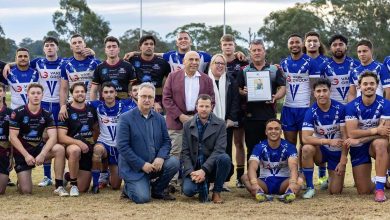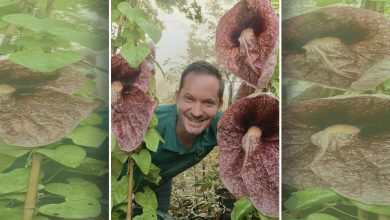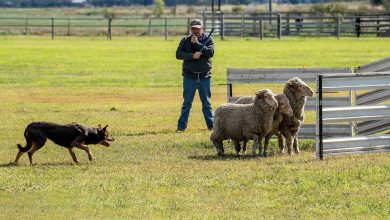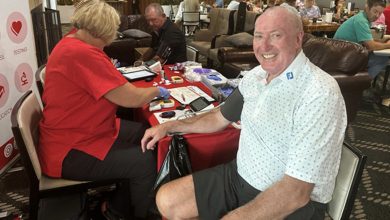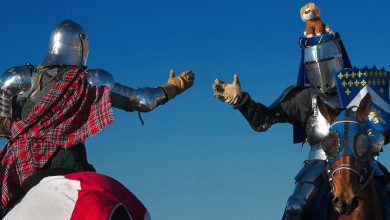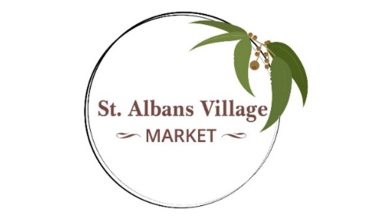History of Castle Hill’s Victorian Home
That beautiful late Victorian home in Castle Hill was the subject of a Development Application in 1998. Situated on land granted to James Duff in 1818 it eventually came into the hands of Robert Hardie (of Hardie & Gorman fame which began in 1872) in 1884 for the princely sum of £1311/17/1. On the previously un-occupied site he erected a four roomed timber house called “Craig Gowan”. It was later the residence of George and Charlotte Sargent of Sargent’s Pie fame and more recently the Strang and Dimbrosky families.
After several unsuccessful attempts to sell the following appeared in The Sydney Morning Herald of 30 March 1894 advertised “Castle Hill – To LET or for SALE “CRAIG OWEN”, (aka Craig Gowan) with 20-25 Acres good paddocks; Residence contains 7 rooms, wide verandas, hall, kitchen, dairy, bathroom &c, abundant water supply; 3 and ½ miles from Pennant Hills station, altitude 650ft; post and telegraph office, school, church, store &c., healthy location and charming scenery. Apply to Hardie & Gorman, 133 Pitt Street Sydney.” The lease was taken up by Richard Glinn Vallack (immigrant, warehouseman and son of a Devon, UK Navy man by the same name) who died there only two years later. (Probate. Receipt for back rent 19 March 1896.)
OBITUARY. The Late Mr. Vallack. Cumberland Argus and Fruitgrowers Advocate (Parramatta, NSW : 1888 – 1950), Saturday 11 January 1896, Further particulars concerning the death of Mr. Richard Glinn Vallack, at “Craig-Gowan,” Castle Hill, showed that the deceased gentleman took ill while at dinner, at 7 p.m., having just previously returned from Parramatta. Dr. Doudney was sent for, but as the patient got easier, that gentleman left again, after remaining some time, and Mr. Vallack retired. Early next morning, Mr. Vallack took ill again, and the household was aroused by him falling out of the bed. His wife, daughter, and Mr. R. G. Vallack, Jun., went to his assistance and found the patient in a serious state.
Dr Doudney was sent for, but the deceased was beyond all earthly cure, and there, in the presence of the three relatives just named, he passed away, consciousness departing ere the soul had fled The scene at the death -bed was beautifully pathetic and noble and reassuring, even to those who knew the deceased’s Christian virtues best. Mr. Vallack was the son of Richard Glinn Vallack, who for many years was a commander in the navy. He let London tor this country in 1852,and, having early in life acquired a knowledge of commercial affairs, he soon put his attributes in that respect to good service, and the result was that at the time of his death Mr. Vallack was justly regarded as the father of commerce in New South Wales. Mr Vallack was known as conscientious man in all walks of life. He was a strong supporter of Wesleyan Methodism, and at the time of his death was chairman of the committee of the Centenary (Wesleyan) Hall in York-street Sydney.
Sceptics often found occasion to admire his consistency as a professing Christian. He was a staunch free-trader and was asked to stand for Parliament on various occasions, but his business precluded it. He nevertheless always fought with the courage of his convictions for that policy, and was a trusty political hench-man. The funeral cortege left Craig-Gowan at about half -past 11 in the morning, and travelled by road to Rookwood, the cemetery being reached at about 3 p.m. The hearse, which was preceded by a carriage containing a very large number of beautiful floral tokens of sympathy, was followed by coaches bearing the chief mourners, Mr. R. G. Vallack, Mr R. Vallack (sons), and the deceased gentleman’s daughter, Rev. E Hargrave were vehicles containing Messrs. McCormick, and Mr. F. H. G. Rogers, and following these G. E. Peny, G. Muir, P. R McHugh and others. At Rookwood, Dr. Doudney, and the members and employees of Wm. Gardiner and Co., and other leading business men of Sydney, to the number of about 150, joined in the funeral procession. The burial service was conducted by the Rev. R. Bavin (Centenary Hall and the Rev. John Vaughan (Summer Hill C. of E.)
The former paid a just tribute to the deceased’s memory in some well-chosen remarks. Deceased’s old favourite hymn, ‘Rock of Ages-‘ was sung at the grave. Mr. Vallack leaves a widow, three sons and a daughter: – Mr R.G. Vallack, junr, Mr. Robert Vallack, Dr. Arthur Styles Vallack (in London), and Mrs. W. E. Shaw. (NSW State Records-Probate Packets) Death of Robert William Hardie (The Sun 5 August, 1928, p.5.) “Mr Robert William Hardie, a man widely known and respected in the commercial life of Sydney, died at his home ‘Ilfracombe’, Park Rd, Burwood on Wednesday last. Mr. Hardie was 80 years of age and one of the founding fathers of Hardie &Gorman. He had been ill for some time.” The Cumberland Argus and Fruitgrowers’ Advocate reported on 20 October 1908, p. 4 stated that the property was sold at auction to George Sargent of Beecroft who “will be going there to live shortly… [and] the price paid, it is understood, was £18,000”.
The Sargents enlarged the house to its present size and erected the brick and iron fence and gate posts (relocated to the present location). They also renamed the house “Garthowen”. George Sargent (1859-1921) and Charlotte Sargent (1856-1924) were pastry cooks and caterers who formed a company called Sargent’s Ltd and along with their son Hartley, opened Sargent’s Tea Rooms, operating in Sydney and Melbourne and selling their own special brand of pie.
The property next went to Mr John Strang of Penrith when the Sargents decided to sell their Castle Hill property a sale which included furniture and appointments as they were retiring to Vaucluse. Shortly after purchasing the property, Strang subdivided the land into 55 allotments perhaps influenced by the forthcoming train service to Rogans Hill. Strang died in 1942 (Nepean Times 1 January, 1942, p.2) and the property passed to four of his daughters which was formalised in 1950. For a short period in the 1940s a private school was managed by Miss Matthews with Evacuee Children thriving there at Castle Hill (Sun, 5 April, 1942, p.5) The original Duff grant has gone through several subdivisions and the house and land changed hands over the years eventually being purchased by the Dimbrowsky’s in 1998.
Following an unsuccessful attempt to use part of the house as a restaurant, the house was sold to the present owners (Montessori Early Learning centre) in 2013. The sale initially caused great concern as it was found that heritage items from the house were appearing on EBAY. Council was approached and their action put a stop to this.
Source and Image credit of The Hills District Historical Society

